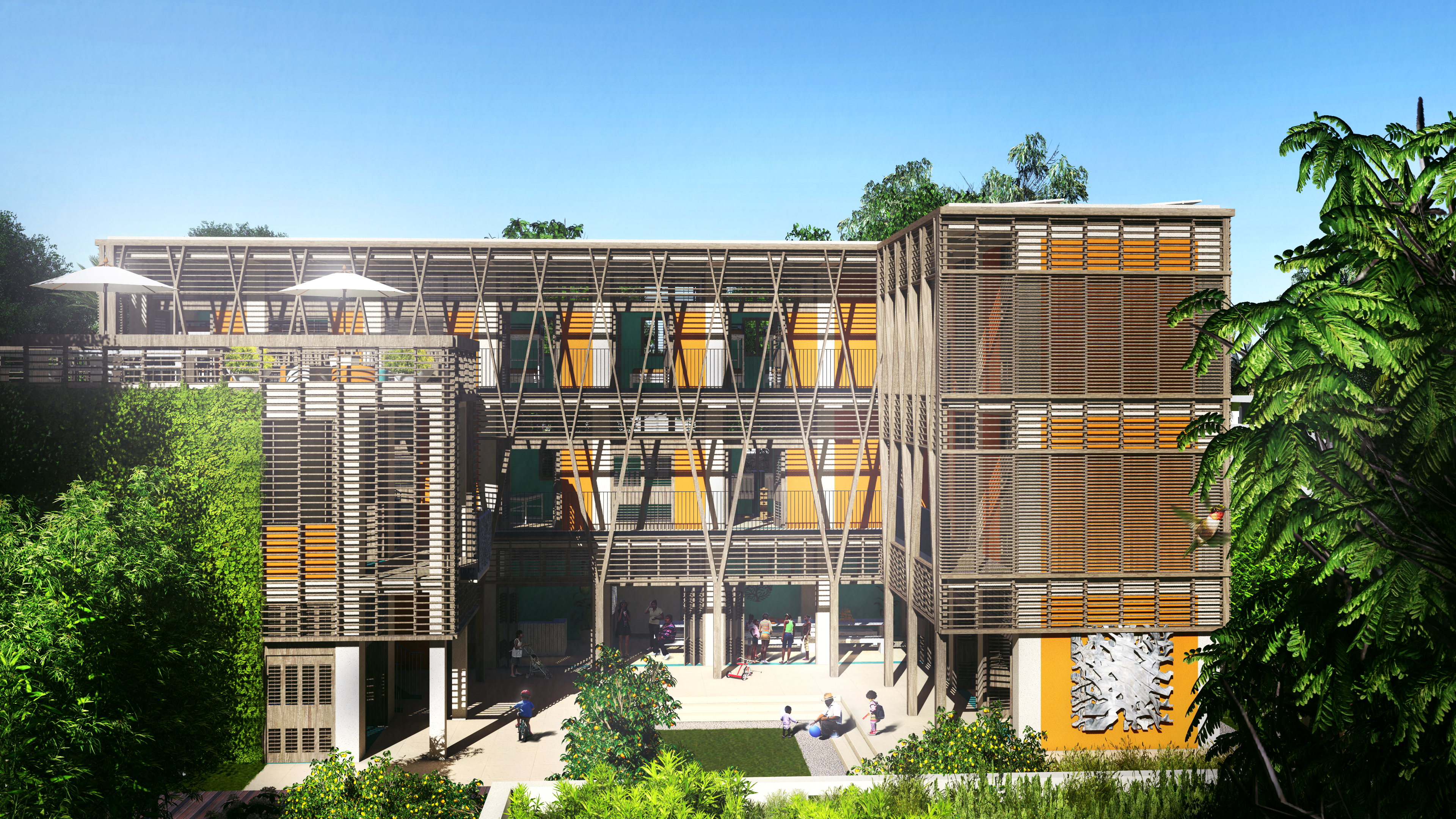
How it started
We're building the first ever LEED-certified orphanage and children's center in Haiti.
Immediately following the devastating earthquake in Haiti in January 2010, USGBC's former president, CEO and founding chair, Rick Fedrizzi, appealed to USGBC's members to support the immediate rescue and relief efforts of the William J. Clinton Foundation. Prior to the 2010 earthquake, UNICEF estimated that there were approximately 380,000 orphans in Haiti, with the earthquake doubling that staggering number.
Later, heeding President Clinton's call to not only restore Haiti but also to assist it in becoming a strong, secure nation, USGBC stepped up to oversee the design, construction and financing of the first LEED-certified children's center in Haiti. Rick announced this project during the closing plenary at Greenbuild in Chicago, in 2010.

Project Haiti has been recognized as a Commitment Maker by the Clinton Global Initiative.
Naming
In September 2013, USGBC announced that the project would officially be called the William Jefferson Clinton Children's Center, in recognition of the Clinton Global Initiative's longstanding work to engage and empower the global community to find innovative solutions to the world's most pervasive problems, as well as President Clinton's efforts following the 2010 earthquake in Haiti to foster its reconstruction as a stronger nation. It is important to note that this project does not and will not receive funding from the Clinton Foundation or its related programs. The building was financed by the U.S. Green Building Council and its contributors. Fondation Enfant Jesus also does not receive funding from the Clinton Foundation.

Partners
















